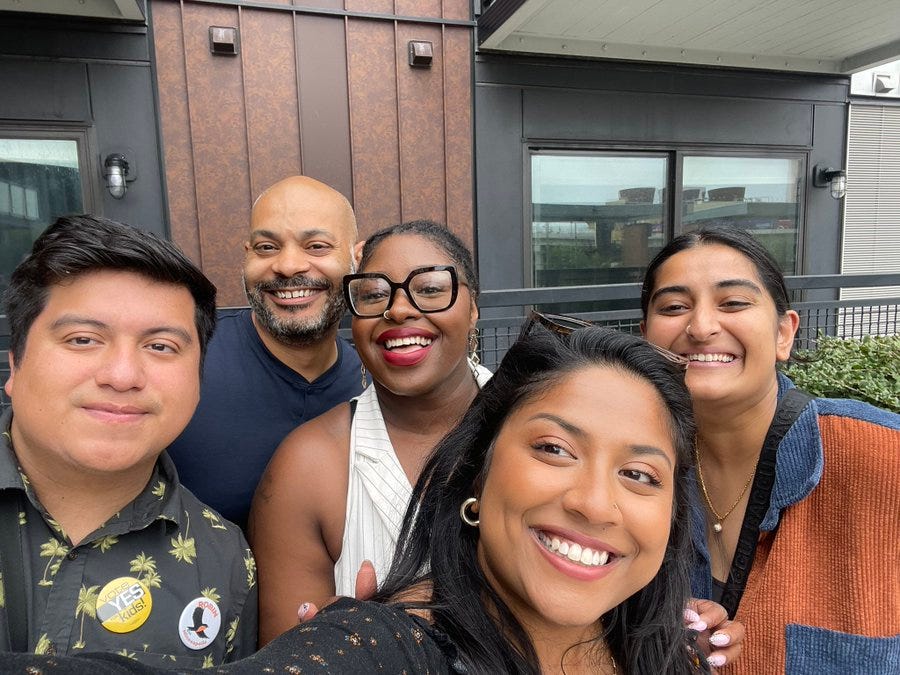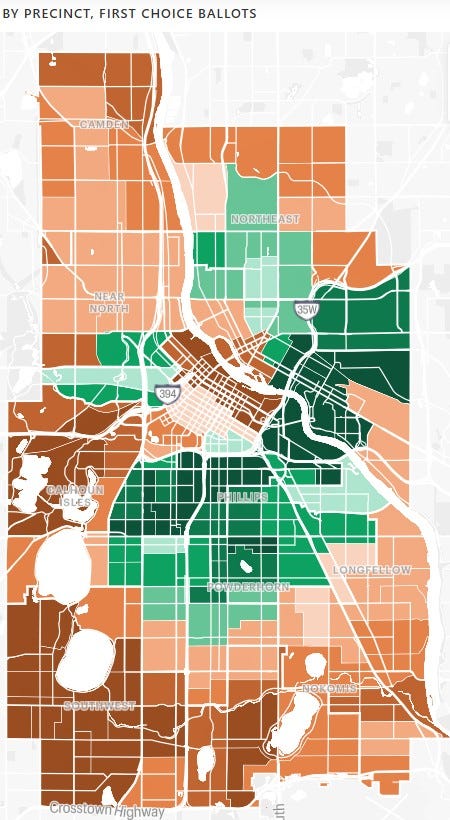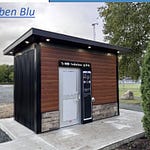Brief Summary
The politics we’re seeing now will continue for another four years. The question is whether the results change, and Minneapolis experiences less crime, more investment, and a broader group of people reaping the benefits of our economy.

Prediction Review
We did well in our pre-election predictions — correctly calling the mayoral race and 9 of 13 City Council contests. Here’s where we missed, and what those results tell us about the city’s political mood.
Ward 2
Robin Wonsley won with 3,825 first-choice votes, capturing 55% of ballots cast. She outperformed our expectations by turning out more student voters than we anticipated. A proud DSA member, Wonsley is expected to continue championing policies such as municipal grocery stores, stronger renter protections, and a reduced reliance on traditional policing.
Ward 5
Pearll Warren prevailed in round three with 2,437 votes (48.4%). This race was one of the toughest to predict, given its crowded field. In the end, Jeremiah Ellison’s decision to endorse Ethropic Burnett — while leaving the ward for an art program out east — may have backfired. Voters might have seen Warren as a fresh start after what some viewed as years of neglect. She’s new to the council; you can learn more about her in our interview, available here (link).
Ward 8
Soren Stevenson won decisively with 6,685 first-choice votes (55%). Stevenson’s name recognition from his 2023 run, combined with his disciplined, grassroots campaign, paid off. As both the DFL-endorsed and DSA candidate, he was a comfortable fit for the ward’s progressive base. His opponent, Josh Bassais, mounted a credible challenge and raised his profile for future races, but we underestimated Stevenson’s organizational strength. Stevenson is new to the council; listen to our interview available here (link).
Ward 10
Aisha Chughtai secured 6,358 first-choice votes (56%), defeating a formidable challenger, Lydia Millard. Chughtai remains an outspoken critic of Mayor Frey and a consistent advocate for immigrant rights and renter protections — priorities that resonate in a ward where roughly 80% of residents are renters.
2026 Outlook
Mayor Jacob Frey leaned heavily on support from Southwest Minneapolis to secure 50.3% of the vote in the second round of counting. Wards 3 (Rainville), 7 (Shaffer), and 13 (Palmisano) form the core of his base, with Ward 11 (Whiting) also playing a key role. These wards generate high voter turnout and campaign donations — a gauntlet every successful citywide candidate must pass through.
A map showing Frey’s support in tan and Fateh’s in green illustrates the city’s political divide: a familiar pattern between the progressive urban core and the more moderate southwest.
It may be too soon to say whether Frey will have greater latitude to advance his agenda after this election. Although the City Council has lost its veto-override power, the overall sentiment and direction of city governance will likely remain similar to the past two years.
Council Coalitions
Left of Frey (6 votes):
Ward 1 – Payne
Ward 2 – Wonsley
Ward 8 – Stevenson (new)
Ward 9 – Chavez
Ward 10 – Chughtai
Ward 12 – Chowdhury
All six campaigned for someone other than Frey for mayor.
Aligned with Frey (5 votes):
Ward 3 – Rainville
Ward 4 – Vetaw
Ward 5 – Warren (new)
Ward 7 – Shaffer (new)
Ward 13 – Palmisano
Swing Votes:
Ward 6 – Osman. Though he endorsed and campaigned for Omar Fateh, Osman’s alignment tends to shift by issue.
Ward 11 – Whiting (new). While Whiting appears more likely to side with the Frey coalition, he also seems inclined to take each issue independently. Watch our interview, available here (link).
Conclusion
The first test of the new council may come early in 2026 when they choose a Council President. This position is crucial to how the body functions: the president sets the tone for meetings, assigns committee chairs, and even decides who sits where on the dais.
The current president, Elliott Payne, replaced Andrea Jenkins at the start of the 2024 term, signaling a shift to a more left-leaning majority. Payne has been outspoken in his opposition to the strong-mayor system and insists the council is a coequal branch of government.
If Palmisano, Rainville, or Vetaw were to seek the presidency, the lines of alignment would become clear. Should either Osman or Whiting side with Payne, he retains the position; if both back a challenger, the presidency flips. That 7–6 balance could define the council’s next four years, with close votes determining much of the city’s direction.
We hope this forecast proves too cynical. It would be good for Minneapolis if the heated rhetoric of the campaign season gave way to collaboration and a shared focus on progress — a sentiment every candidate claimed on the trail. Their challenge now is to show that they can lead together and address the city’s complex problems with seriousness and empathy.
Consider this: Omar Fateh received 65,377 votes after the final round of counting — 44.37% of the total. Around the same time, the city allocated $150,000 to local food shelves to offset a shortfall in federal SNAP funding caused by the government shutdown. According to the city, more than 60,000 Minneapolis residents — roughly 14% of the population — rely on those benefits each month. Nearly the same number of people voted for Fateh.
That parallel underscores a defining truth about Minneapolis: the top 15% and bottom 15% of residents often experience two very different cities. We hope that, over the next four years, the mayor and council will focus less on factional divides and more on what unites those two worlds — a shared interest in a city that works for everyone.
Across the river in St. Paul, State Rep. Kaoly Her stunned Mayor Melvin Carter with a come-from-behind victory. Reflecting on how she won, Her said, “I’m all for boldness, but you have to make sure it makes sense.”
That’s a sentiment we share. As Minneapolis begins a new political chapter, we’ll be watching to see whether the give-and-take required for bold, sensible action can take hold between the mayor and the new council.













